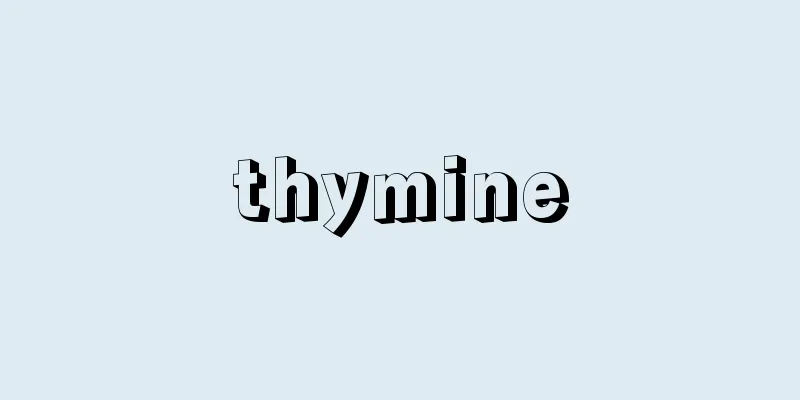Shikabu serious face - Shikabu no magao

|
Year of death: 6th June 1829 (6th July 1829) Year of birth: 1753 A kyoka poet of the Edo period. Commonly known as Kitagawa Kahei, he was also known as Shikazube Mago. He had many pseudonyms, such as Ki Mago, Kyokado, Manyotei, Shiho Utagaki, and Shiho Mago, and wrote sharebon and kibyōshi under the pseudonym Koigawa Yoshimachi. He ran a sweet bean soup shop outside Edo's Sukiyabashi Gate. His kyoka poems appear as early as the "Migoshagashi Kyoka" (1782), the second year of Tenmei. They were included in the "Manzai Kyokashu" and "Kyōka Wakabashu" (1783), the following year. He initially belonged to the "Rakuguri Ren" (Ochikuri Group) under the school of Motokiami, but around the fourth year he joined the "Shiho side" of Shiho Akara (Ota Nanpo), and in the same year he formed the "Sukiya Ren" (Sukiya Group) with Sanki Arimasa and others, becoming its leader. In the Kyoka review "Haiyufu" (1785 or so), with whom he later had a feud, Yadoya Iimori (Ishikawa Masamochi) is placed at the front of the main page, while Mago is placed on the back of the page, in high praise. Around 1791, he came to be known as one of the "Four Heavenly Kings of Kyoka" along with Baba Kinri, Tomitsu, and Iimori. In 1791, Iimori was exiled from Edo due to a false accusation, but in 1792, Mago was given the Shikata family name by Akara, took the name Shikata Mago, and became a leading figure in the Kyoka world until his death. From around 1808, while Iimori supported the Tenmei style of Kyoka, Mago believed that the original form of Kyoka was that of the Kamakura and Muromachi periods, and advocated Kyoka = Haikai poetry that was closer to waka, which led to a dispute between the two. Mago was also the first person to make a living from fees for his kyoka poetry, and during the Bunsei period he is said to have had 3,000 disciples, with his sphere of influence extending from Mutsu in the north to Kyushu in the south. However, he had an arrogant personality, and after he was bestowed the title of master by the Kyoto no Shinshin family in 1828, he is said to have worn a mizugane eboshi hat and treated people with a dignified attitude, but his haiku poetry lacked interest and was not well-received by the general public. In his later years, he did not enjoy a good family life, and he died in poverty, with his library of 10,000 volumes being scattered. (Yutaka Sonoda) Source: Asahi Japanese Historical Biography: Asahi Shimbun Publications Inc. About Asahi Japanese Historical Biography |
|
没年:文政12.6.6(1829.7.6) 生年:宝暦3(1753) 江戸時代の狂歌作者。通称は北川嘉兵衛。鹿津部真顔とも。紀真顔,狂歌堂,万葉亭,四方歌垣,四方真顔など,多くの別号があり,恋川好町の戯号では洒落本,黄表紙を書いた。江戸数寄屋橋門外で汁粉屋を営む。早くは天明2(1782)年の「三囲社頭狂歌」に狂詠がみえる。翌3年の『万載狂歌集』『狂歌若葉集』にも入集,はじめ,元木網門下で「落栗連」に属していたが,4年ごろ,四方赤良(大田南畝)の「四方側」に入り,さらに同年中に算木有政らと「スキヤ連」を結び,主宰者となった。狂歌評判記『俳優風』(1785年か)では,後年確執を生じた宿屋飯盛(石川雅望)が立役巻頭,真顔は巻軸におかれて称揚されている。同7年ごろには,馬場金埒,頭光,飯盛と共に「狂歌四天王」と称されるにいたった。寛政3(1791)年に冤罪により江戸払いとなった飯盛に対し,真顔は寛政6年に赤良から四方姓を譲られ,四方真顔と号して,以後没するまで狂歌壇の雄たる存在となった。文化5(1808)年ごろより,狂歌は天明振りをよしとする飯盛に対して,真顔は鎌倉・室町期の狂歌こそが本来の姿であるとして,和歌に接近した狂歌=俳諧歌を提唱し,飯盛との間に論争を生じる。 また,真顔は狂歌の点料で生計をたてた最初の人でもあり,化政期には門人は3000人といわれ,その勢力範囲は北は陸奥から南は九州にまでおよんでいた。しかし,性格には尊大なところがあり,文政11(1828)年に京都の縉紳家より宗匠号を贈られてからは水干烏帽子をつけ,堂上的な態度で人に接したと伝えられるが,その俳諧歌は面白味に欠け,一般からは親しまれなかった。晩年は家庭的にも恵まれず,貧窮のうちに没し,万巻の蔵書は散逸した。 (園田豊) 出典 朝日日本歴史人物事典:(株)朝日新聞出版朝日日本歴史人物事典について 情報 |
<<: April Uprising (English spelling)
>>: April Thesis (English: April Thesis)
Recommend
La Chapelle‐aux‐Saints
A cave in the village of the same name in the Corr...
Lost Tales - San'usual Stories
These are fictional stories set mainly in the soci...
Koshimizu [town] - Koshimizu
A town in Shari District, eastern Hokkaido. Facing...
Ara chloroptera (English spelling)
…Parakeet [Takashi Saito]. . . *Some of the termi...
Thais (English spelling)
A Greek courtesan from Athens who lived in the 4th...
Foreign funds - Gezai
It is the opposite of the Buddhist term naizai (in...
Nest sign - Socho
1761‐1814 (11th year of the Horeki era‐11th year o...
Sponsored by: Kyosan
〘noun〙① To support a certain plan etc. and join fo...
Melchior
…However, the third-century Alexandrian theologia...
Ise Bay
A large bay on the Pacific coast in the center of...
Carmina Burana
A famous anthology of medieval European poems. It ...
Urban Wind - Toshikaze
Winds unique to cities. There are two possible ca...
Katabatic wind - Katabatic wind
Katabatic winds are also called descent winds. The...
Government bonds - kokusai
Generally, this refers to bonds issued by the gov...
Coagulation - Gyoseki
When an electrolyte is added to a hydrophobic sol...









